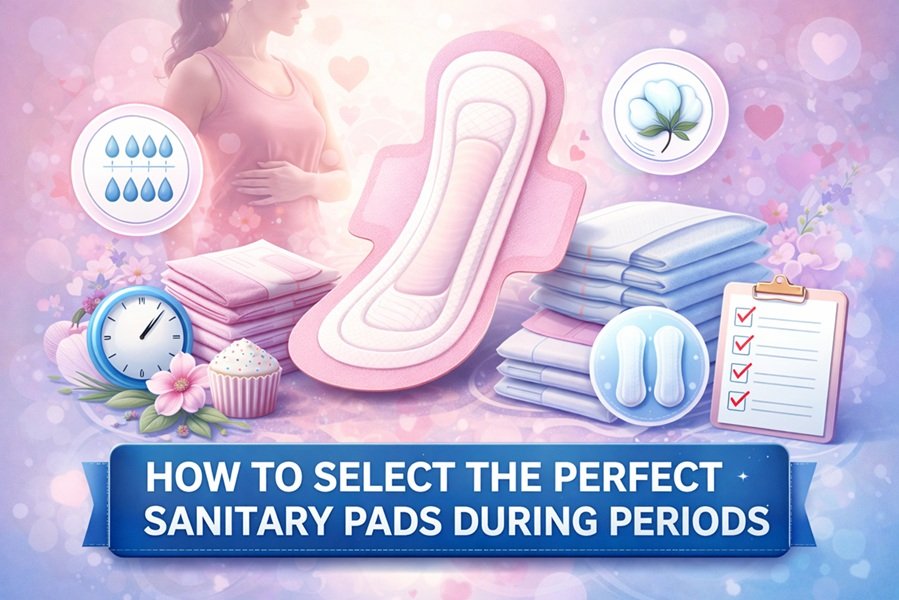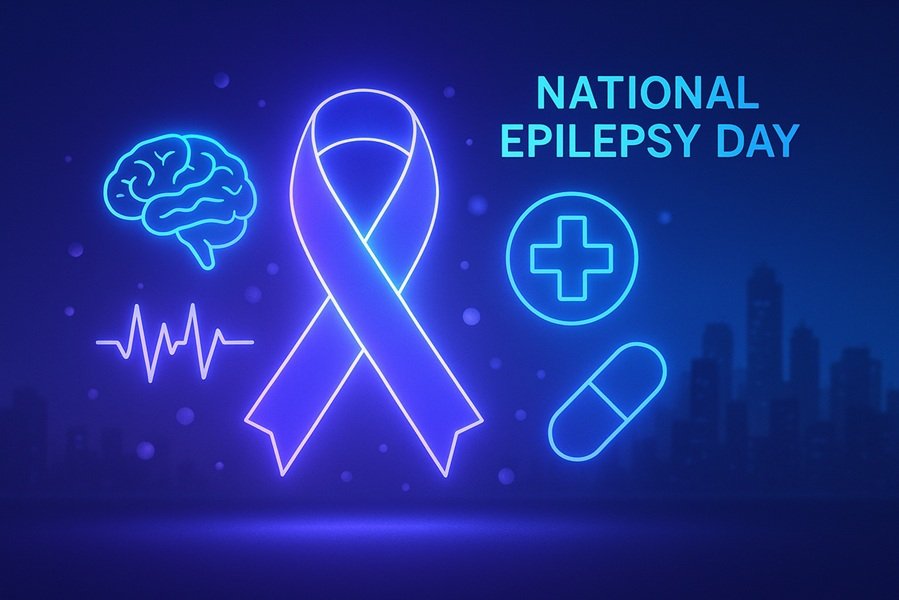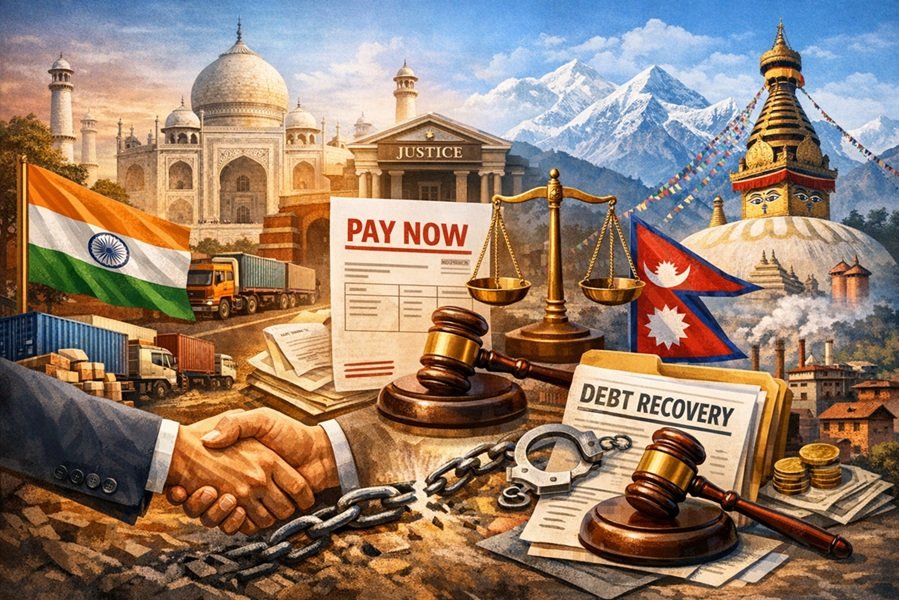
Introduction
Despite the 21st-century strides in education, healthcare, and technology, menstruation remains a deeply stigmatized and often misunderstood topic in many societies. Millions of girls around the world are still unprepared for their first period, facing shame, confusion, and isolation. Empowering girls through period education is not just about hygiene—it’s a vital step toward equality, dignity, and societal progress.
In this article, we’ll explore how menstrual education can transform lives, reduce stigma, promote health, and uplift entire communities.
Why Period Education Is Important
1. Ending Shame and Stigma
Menstruation is a natural biological process, yet it’s surrounded by secrecy in many cultures. Girls are taught to feel embarrassed or “impure” during their periods, which often leads to:
- Reduced self-esteem
- Social exclusion
- Anxiety or fear during menstruation
Period education helps normalize menstruation, teaching girls (and boys) that it’s not something shameful but a part of life.
2. Promoting Menstrual Hygiene and Health
Proper education ensures that girls:
- Understand the menstrual cycle
- Learn how to use sanitary products effectively
- Recognize signs of menstrual health issues (e.g., PCOS, endometriosis)
Educated girls are less likely to suffer from infections caused by poor hygiene and are more likely to seek medical help when necessary.
3. Preventing School Dropouts
According to a UNESCO report, 1 in 10 girls in Sub-Saharan Africa misses school during their period, while many eventually drop out. Reasons include:
- Lack of access to sanitary products
- Absence of private toilets or washing facilities
- Shame and bullying from peers
With proper period education and infrastructure, girls can manage menstruation without compromising their education.
Challenges Faced by Girls Globally
Cultural and Religious Taboos
In many parts of India, Nepal, and Sub-Saharan Africa, menstruating girls are:
- Forbidden from entering kitchens or temples
- Isolated in separate rooms or huts (e.g., Chhaupadi practice in Nepal)
- Discouraged from attending school or social gatherings
Misinformation and Myths
Common menstrual myths include:
- “You shouldn’t bathe during your period”
- “Menstruation is a disease or impurity”
- “Physical activity is harmful during menstruation”
These misconceptions can harm both physical and mental health.
Economic Barriers
Many girls cannot afford sanitary pads or tampons and resort to:
- Old cloth
- Newspaper
- Leaves or ash
These unhygienic alternatives increase the risk of infections and discomfort, hindering daily life and education.
Period Education: A Multi-Pronged Solution
1. School-Based Menstrual Education
Introducing menstrual health as part of the curriculum helps:
- Normalize conversations around menstruation
- Educate boys and girls equally to reduce bullying and stigma
- Equip teachers to handle menstruation-related questions confidently
2. Community Outreach Programs
NGOs and local health workers play a key role by:
- Distributing menstrual products
- Conducting workshops in villages and urban slums
- Using vernacular language and culturally sensitive approaches
Examples include:
- Menstrual Hygiene Day (May 28) awareness campaigns
- WASH (Water, Sanitation and Hygiene) initiatives
3. Inclusion of Boys and Men
Menstrual education must include boys and male caregivers, helping them understand:
- The physical and emotional challenges girls face
- How to support menstruating sisters, classmates, or daughters
- Why menstruation is not taboo
This approach reduces teasing in schools and builds empathy from a young age.
Technology and Innovation in Menstrual Education
Mobile Apps and Digital Content
Apps like Clue, Flo, and Maya help track periods and offer educational content. YouTube channels and Instagram influencers also create content in multiple languages to:
- Explain the science of menstruation
- Offer hygiene tips
- Share personal stories
Eco-Friendly Menstrual Products
Educating girls about sustainable menstrual hygiene options like:
- Menstrual cups
- Reusable cloth pads
- Biodegradable sanitary pads
These solutions reduce waste and offer long-term cost benefits.
Successful Case Studies
1. Kerala’s “She Pad” Initiative
The Kerala government launched “She Pad” to provide free sanitary pads to schoolgirls, promote awareness, and improve sanitation facilities in schools. It significantly reduced absenteeism among girls.
2. UNICEF’s Work in Africa
UNICEF’s menstrual hygiene management programs in Kenya and Uganda distribute reusable pads and conduct educational workshops, helping reduce school dropout rates by up to 20% in participating districts.
The Role of Parents and Teachers
Open Dialogue at Home
Parents should talk openly with their daughters—and sons—about periods. This builds confidence and helps children view menstruation as a normal part of growing up.
Supportive Schools
Schools should:
- Ensure access to clean toilets and water
- Stock sanitary products
- Provide menstrual leave policies where needed
Teachers trained in menstrual health can become trusted guides for students.
How You Can Contribute
- Donate to organizations promoting menstrual education (e.g., Goonj, Days for Girls, The Pad Project)
- Volunteer to distribute hygiene kits in rural areas
- Talk openly about menstruation with friends and family
- Promote awareness on social media using hashtags like #PeriodEducation #MenstrualHygiene #EndPeriodPoverty
Suggested Articles
- Feminine Hygiene Products: Which Ones Are Safe for Vaginal Health?
- How to Wash the Vagina Properly: A Complete Guide to Feminine Hygiene
- Maintaining Hygiene in Intimacy: Essential Practices for Sexual Health
- Menstrual Hygiene Day 2025
- Vaginal Health: Preventing Infections, Hygiene, and Common Concerns
Conclusion
Empowering girls through period education is not just a health or hygiene issue—it’s a matter of human rights, gender equality, and societal progress. When girls are educated, confident, and free from menstrual stigma, they thrive—and so do their communities.
Let’s break the silence, replace myths with facts, and build a world where menstruation is understood, accepted, and supported.







